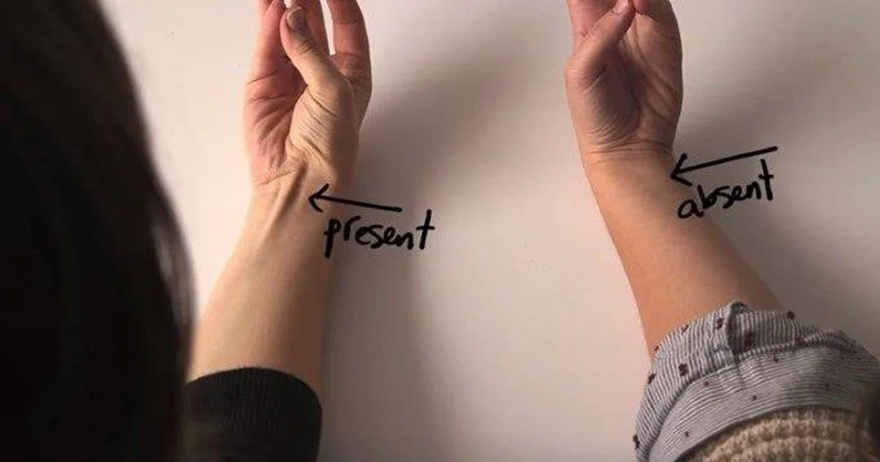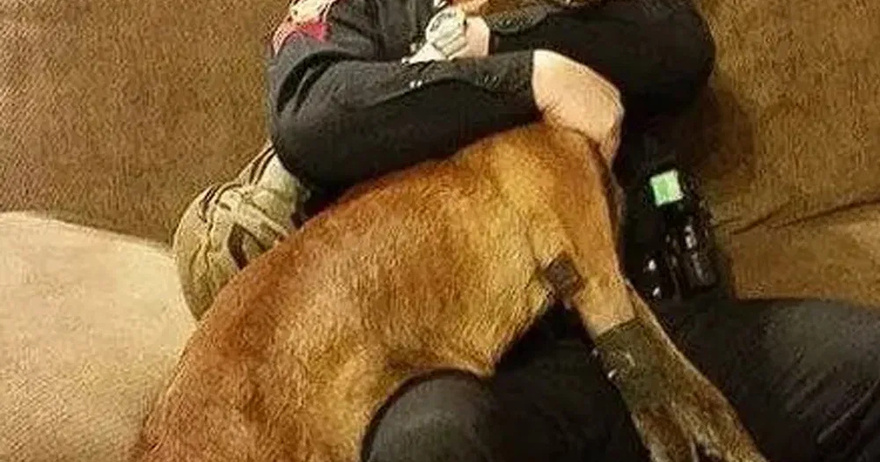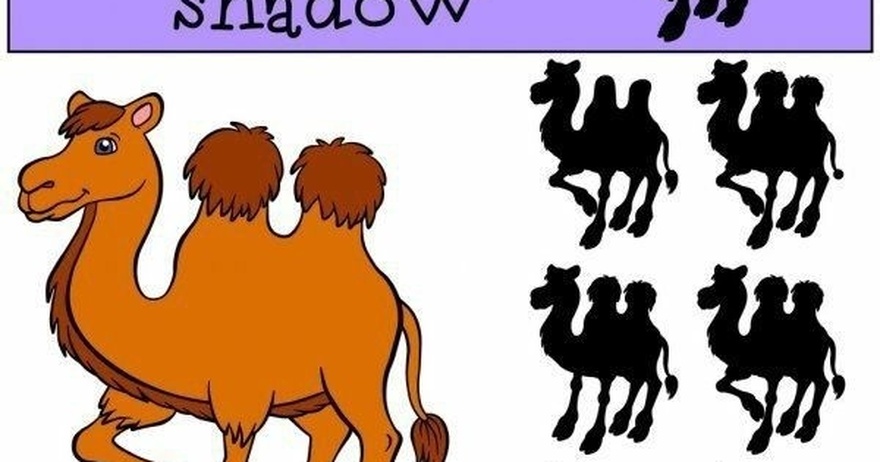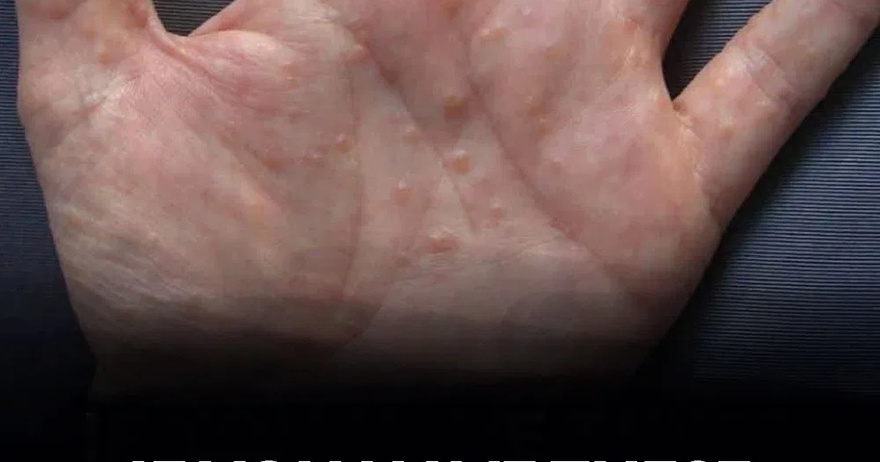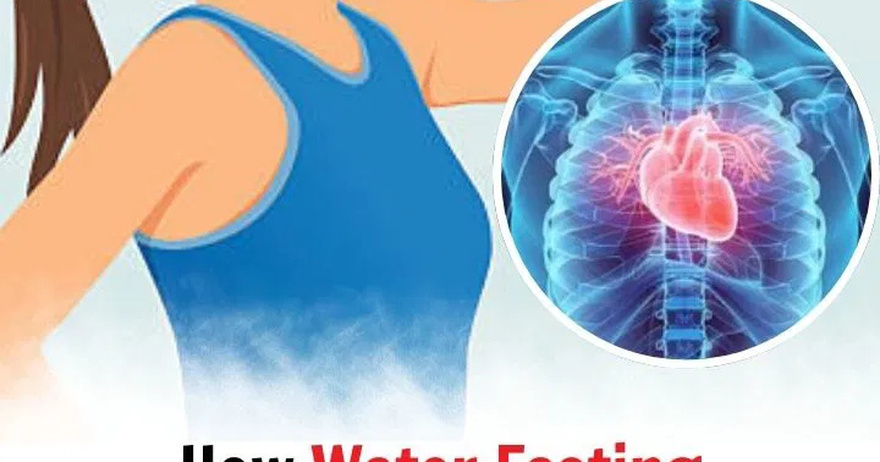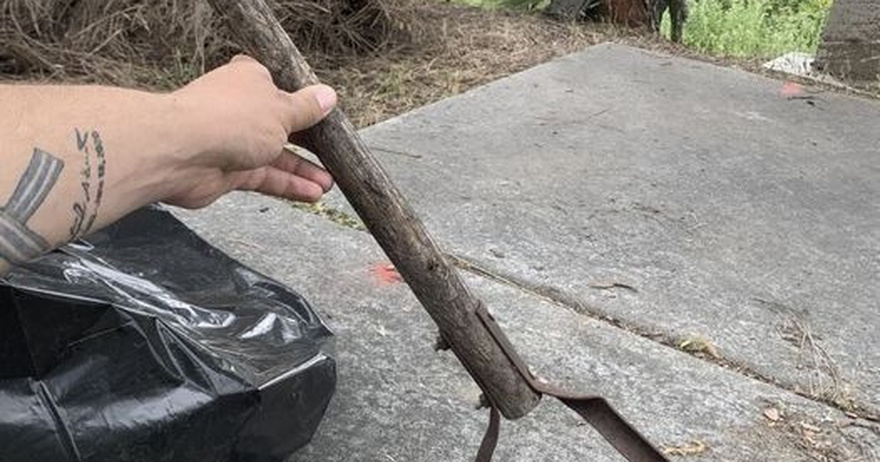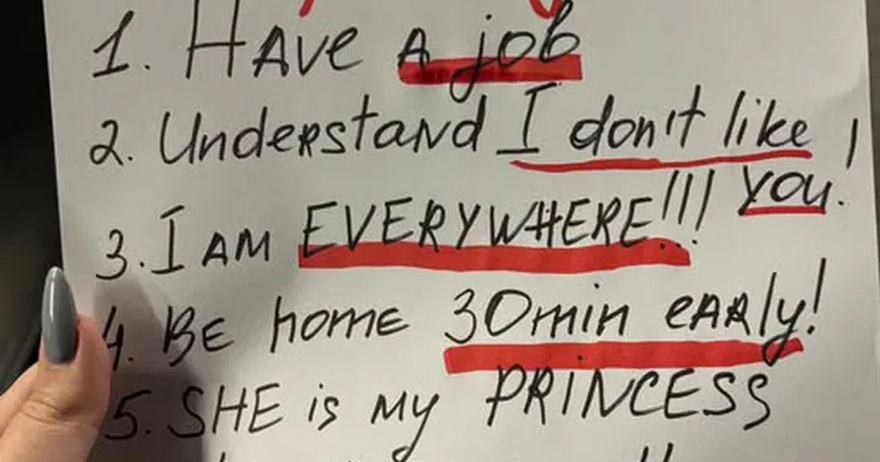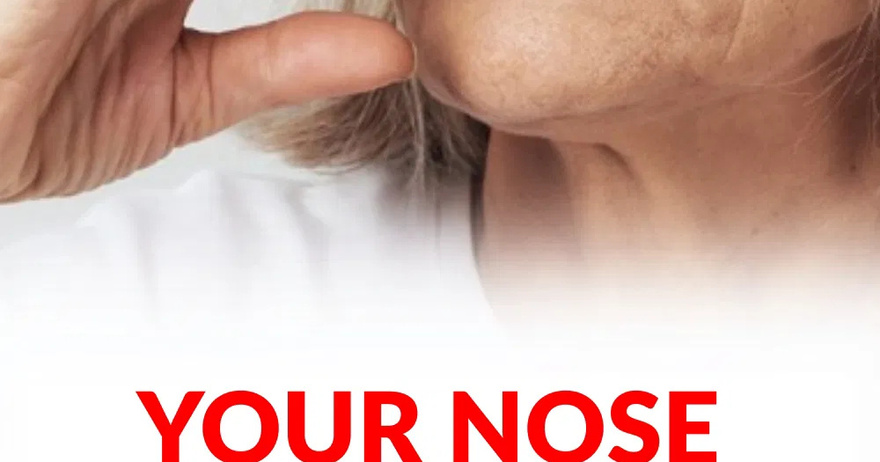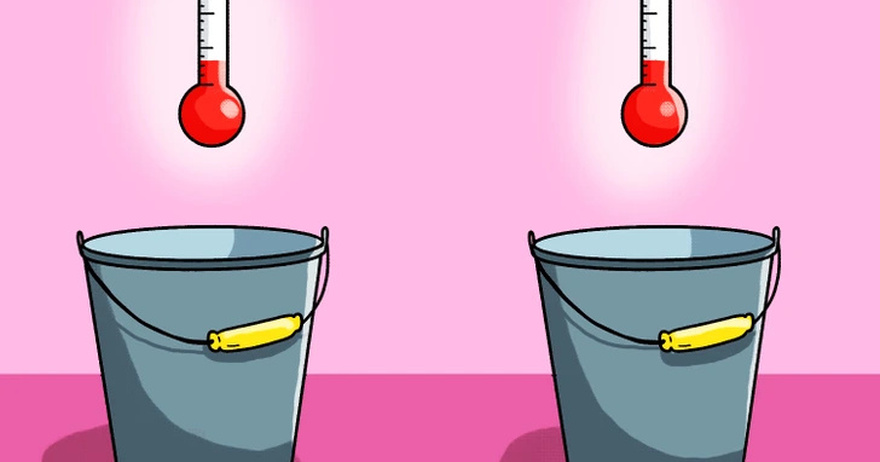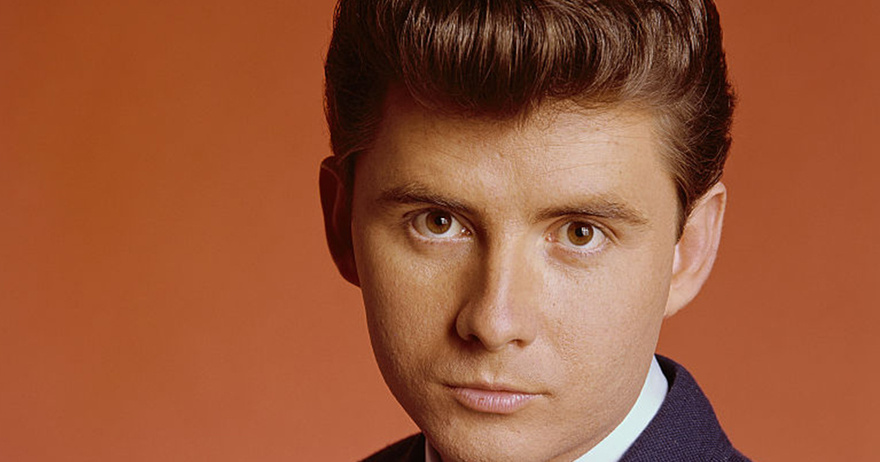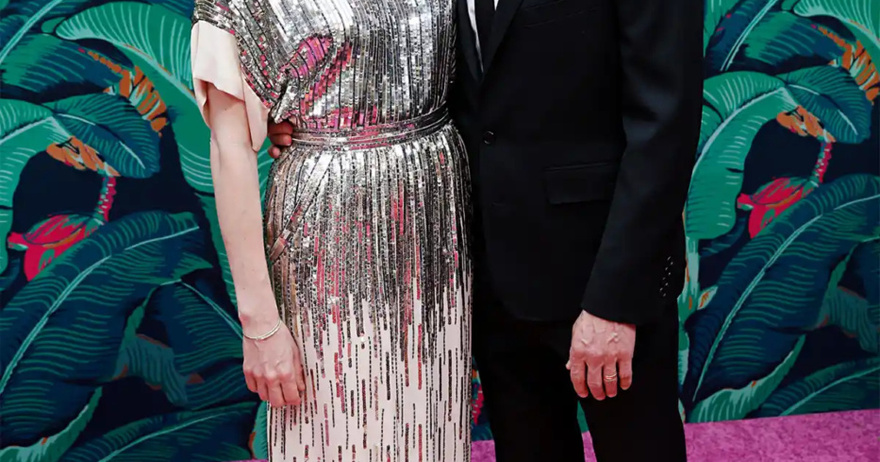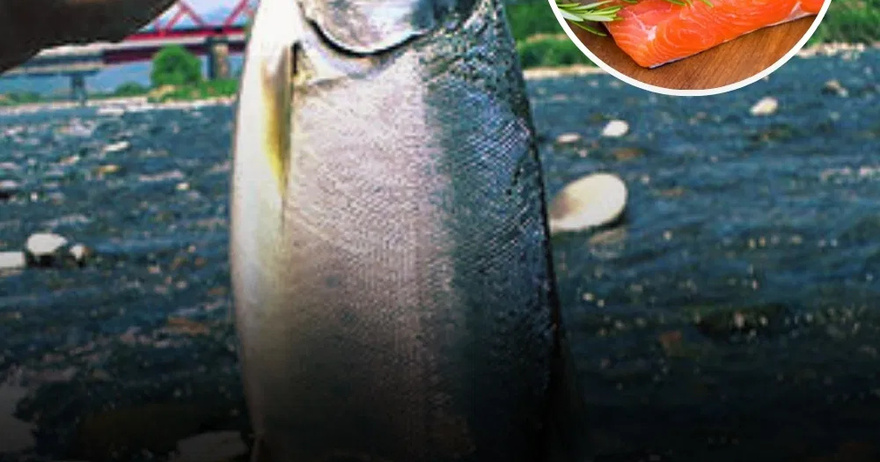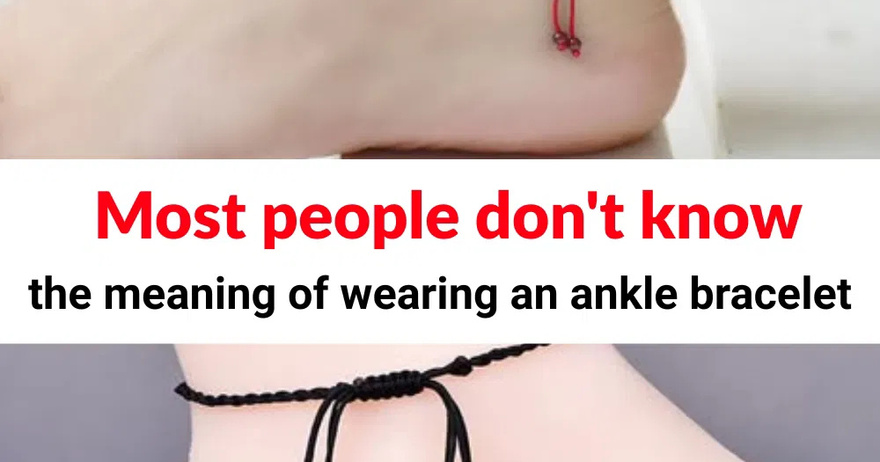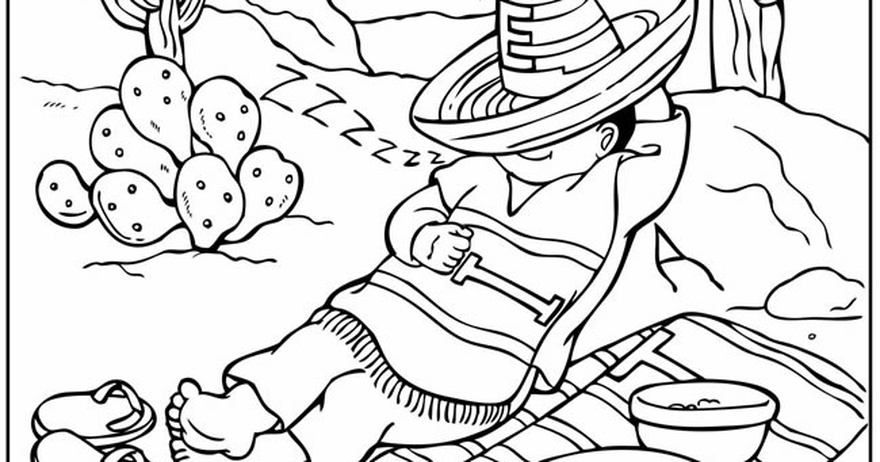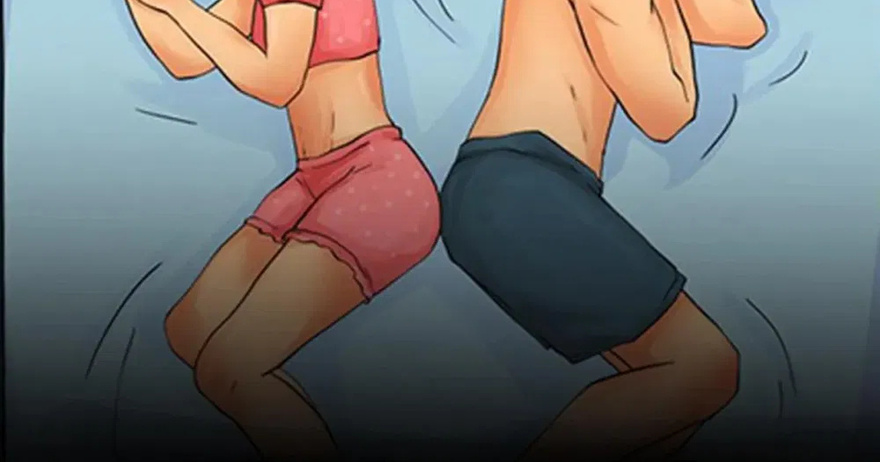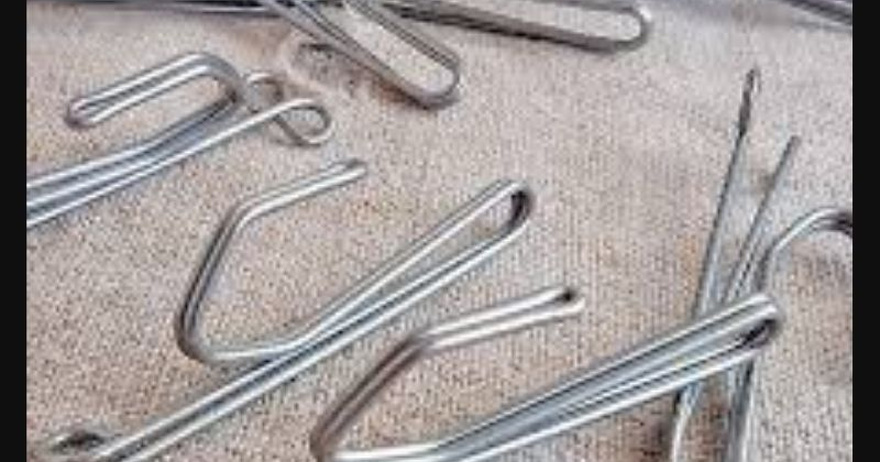Evolution is a fascinating process that has shaped all living beings, including us. It’s a story of adaptation, survival, and change that spans millions of years. While we often think of evolution in terms of prehistoric fossils or animal adaptations, our own bodies carry evidence of this shared history. From the presence of goosebumps to the existence of certain tendons, our physical forms are like time capsules, holding clues about our evolutionary past.
One of the most interesting evolutionary traits we retain is the phenomenon of goosebumps. When you get a chill or feel sudden fear, your skin may prickle, causing tiny bumps to appear. This reaction, which dates back to our mammalian ancestors, originally served to help retain body heat. The tiny muscles attached to hair follicles would contract, making the hair stand up and trap a layer of air close to the skin, providing insulation. In modern humans, however, goosebumps have lost this functional purpose, as we no longer rely on a thick coat of hair for warmth.
Another intriguing evolutionary adaptation is the defensive behavior of animals when threatened. Take cats, for instance. When a cat senses danger, its fur puffs up, making it appear larger and more intimidating. This is not unique to cats; many mammals, and even birds, exhibit similar behavior to deter predators. The same instinct can be seen in pigeons, which fluff their feathers on cold days to trap heat and stay warm. While this reaction still benefits these animals today, it’s a remnant of an ancient survival strategy.
These evolutionary quirks extend beyond external appearances and behaviors
they can also be found within our bodies. A notable example is the palmaris longus tendon, a vestigial feature found in some people’s wrists. This tendon connects to a muscle once used by our primate ancestors to swing from branch to branch. While roughly 10-15% of the human population no longer has this tendon, about 90% still retain it, showcasing evolution’s slow but steady pace of change.
To check if you have this tendon, place your forearm on a flat surface with your palm facing upward. Now, touch your pinky finger to your thumb and lift your hand slightly off the surface. If you see a raised band in the middle of your wrist, that’s the palmaris longus tendon. If you don’t see it, you’re among those who no longer have this evolutionary remnant—evidence of ongoing human adaptation.
The presence or absence of this tendon isn’t just a quirky anatomical feature; it’s a tangible link to our evolutionary history. Those who possess it carry a trait inherited from our primate ancestors, while those without it represent ongoing human evolution. It’s a subtle reminder of how evolution continues to shape us, even in ways that might seem insignificant.
Our bodies are filled with these evolutionary breadcrumbs, offering insights into our origins. These traits, from goosebumps to the palmaris longus tendon, are not merely relics of the past but living evidence of our connection to other mammals. They remind us that we are part of a grand evolutionary story, one that is still unfolding.
Understanding these vestigial features can deepen our appreciation of the evolutionary forces that have shaped us. Each quirk in our anatomy reflects a step in the long journey of human development, showcasing the adaptability and resilience of life itself. While we may have moved beyond the practical need for some of these traits, they remain a testament to the remarkable journey of evolution.
So, the next time you experience goosebumps or notice a tendon in your wrist, take a moment to reflect on the incredible journey that brought you here. These seemingly minor features are actually part of a much larger story, one that connects us to our distant ancestors and continues to shape our species today.
How Water Fasting Can Regenerate the Immune System, Slow Aging, Reduce Heart Attack Risk and More
Ex-Yankees star Brett Gardner’s son Miller died from silent killer
Paradise’s Sarah Shahi ‘Heard’ Her Dog Get Attacked and Taken by a Coyote: ‘My Heart Is in Pieces’
Very few people see all the faces in this picture – how many can you find?
